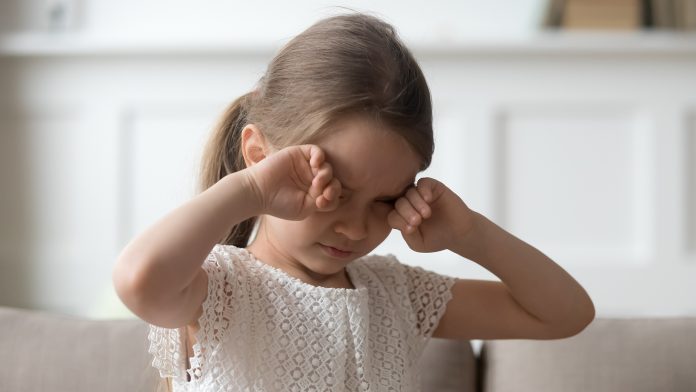
Researchers at the University College London (UCL) and the University of Ghana have predicted anaemia in children using smartphone images.
Anaemia is a condition causing a reduced concentration of haemoglobin in the blood, meaning the oxygen is not transported efficiently around the body. It causes tiredness, weakness and shortness of breath. However, anaemia in children can have a detrimental impact on developmental outcomes, increasing their susceptibility to infectious diseases and impairing their cognitive development.
Researchers have developed a non-invasive diagnostic technique using smartphone photographs of the eye and face. This technology could mean that screening for anaemia in children could be more widely available for children in low- and middle-income countries.
The finding were published in PLOS ONE.
The current diagnosis process for anaemia
Currently, the diagnosis of anaemia requires blood samples to be taken, which can be costly for patients and healthcare systems. Furthermore, healthcare inequalities are highlighted as travel expenses to the hospital can make it difficult for patients; families may need to travel to the hospital twice, to have a blood sample taken and then to collect their results.
In the 1980s a handheld device called the HemoCue was developed to provide more immediate results. This method has significant upfront and ongoing costs and still requires needing a finger-prick blood sample.
Using a smartphone to detect anaemia in children
The researchers aimed to develop a procedure using smartphone photographs to predict anaemia in children. They analysed photos taken from 43 children aged under four who were recruited to take part in the study in 2018. The images were of three regions where minimal skin pigmentation occurs in the body (the white of the eye, the lower life and the lower eyelid).
The team found that when they evaluated these together to predict haemoglobin concentration, they could successfully detect all cases of individuals with the most severe classification of anaemia and detect milder anaemia in children at rates which are likely to be clinically useful.
Principal investigator Dr Terence Leung (UCL Medical Physics & Biomedical Engineering) said: “Since 2018, we’ve been working with the University of Ghana on affordable ways to improve healthcare using smartphones. Following our success in screening neonatal jaundice, we are so excited to see that the smartphone imaging technique can also apply to anaemia screening in young children and infants.”
Senior author Dr Judith Meek (UCLH) added: “Anaemia is a significant problem for infants, especially in low- and middle-income countries, and we hope this sort of technology will lead to earlier detection and treatment in the near future.”






















